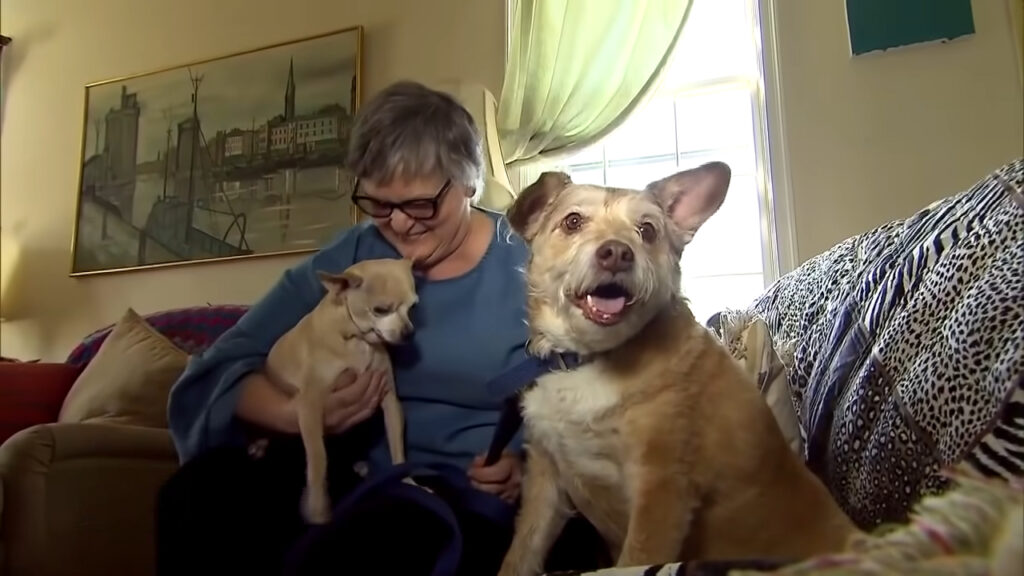Dogs, often celebrated as man’s best friend, are cherished for their loyalty, affection, and sometimes, their protective instincts. Many dog owners like to believe that their furry companions would leap to their defense in a dangerous situation, such as a home invasion. But is this belief in canine heroism based on reality or wishful thinking? Inside Edition sought to uncover the truth through an intriguing experiment that tested how dogs would react when their owners were under threat. The internet abounds with tales of dogs displaying incredible bravery, coming to their owners’ rescue in perilous situations.

However, footage from home security cameras tells a different story at times, capturing dogs that opt for flight rather than fight in the face of danger. One notable instance occurred in Minneapolis, where a robber’s entrance saw two large dogs fleeing rather than confronting the intruder. A similar lack of heroics was observed in Philadelphia, where a smaller dog made its escape only after a glass plate was shattered. Curious about the potential for canine heroism, three dog owners agreed to participate in a controlled experiment with Inside Edition. The setup involved staging a home invasion to see if their pets would defend them during a simulated attack.

The first test subject was Perry, a yellow Lab from Irvington, New York, owned by Michelle Kellaher. Despite their close bond, Michelle was uncertain if Perry would come to her aid in a crisis. The staged “attack” saw Perry choosing flight over fight, dashing for the front door instead of defending Michelle, a response expert Michael D’Abruzzo and Nate Bonilla from K9-1 Specialized Dog Training identified as a natural ‘flight’ reaction. Next was Kevin Peterson’s dog, Ruby, a pit bull/Lab mix from Cortland Manor. Kevin had hopes that Ruby’s pit bull heritage might make her more likely to engage, but during their scenario, Ruby approached the “attacker” only to retreat without taking any action. D’Abruzzo’s conclusion was clear: Ruby was not prepared to confront the intruder, much to Kevin’s disappointment.

The final participant was Ellen Eikamp from Scarsdale, who owned two smaller dogs, Frodo and Dobby. In their test, both dogs sprang into action, with Frodo notably attempting to intervene and employ a tactic known as “splitting” to drive the assailant away, proving that size does not always predict bravery. This experiment sheds light on the complex nature of dogs’ protective instincts. While some dogs may indeed rise to the occasion, others may react differently under stress or threat. The findings underscore the importance of not solely relying on our pets for protection in potentially dangerous situations. Instead, we should cherish them for the myriad of other joys they bring into our lives, from companionship to unconditional love, understanding that their reactions in extreme situations can vary widely.
